Originally constructed in the 1880s, Charles Holland Architects transforms a neglected Victorian terrace into a sustainable, modern home
Charles Holland Architects has completed a Victorian terrace house retrofit in Ropery Street, east London. The design team transformed the existing house into a sustainable modern home that responds to the client’s brief of avoiding the customary highly glazed, single-room extension.
The property, originally constructed in the 1880s, had been neglected for many years and had begun to suffer from damp and structural problems. Poor construction of a rear, two-storey extension had also resulted in cracking in the brickwork.
Rather than demolish, the team opted to retain the rear extension, upgrading the home’s existing fabric and structure. Adding insulation improved energy performance and removing suspended ceilings along with sections of floor opened up the interior. A new single-storey side-return adds additional ground floor space.
A more subtle series of inter-connected rooms now offer a mix of spaces - comprising a small courtyard, a study, and a dining room, connected by circular windows that bring light in.
A more subtle series of inter-connected rooms now offer a mix of spaces
As the house steps down from front to back, an exaggerated skirting board is used as a datum. The skirting and associated dado rail continue over doors which are set flush with the wall.
A small lightwell is carved out between the front and rear sections of the house, lit by a stained-glass window with an ‘op-art’ decorative design that projects a pattern of colours.
The rear of the house is finished in a version of ‘rough-cast’ render, with the elevation split by a horizontal shift in colour from pale grey to bright white. Windows and doors are timber, double-glazed units finished in mustard yellow and rainwater goods are metal finished in jade green.
An external concrete step with exposed aggregate provides a place for plants and a threshold between the house and its garden.
As the house steps down from front to back, an exaggerated skirting board is used as a datum.
A second phase of work is planned for the street elevation which will see the removal of the pebble-dash render, reinstatement of original window openings and a new bay window and porch to replace the ones that have been lost.
Based on Rachel Whiteread’s artwork of a concrete cast of the interior of a Victorian house realised just a few streets away, the new bay and porch will be formed in cast terrazzo, expressing joint lines and deliberately mixing up some elements.
Describing the project, Charles Holland said: “It is increasingly vital to develop creative solutions for existing buildings. This project offered an important chance to upgrade and overhaul a house with a number of serious problems and to do this whilst showing that such projects can also have a sense of joy and fun. We retained almost all the existing structure, working around issues to create a series of spaces that are enjoyable and useful and reflective of the client’s family life”.
This second phase is planned for 2024.
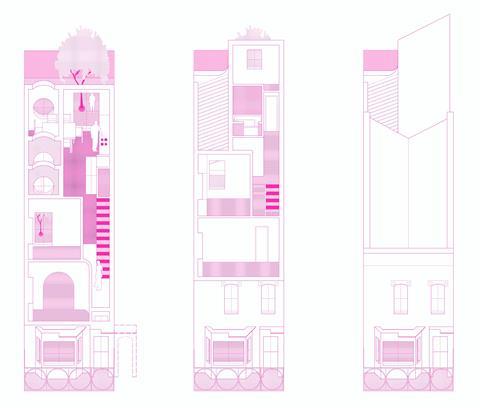
Project details
Architect Charles Holland Architects
Structural engineer Morph Structures
Contractor A Builder’s Team
Downloads
RS-AB-012_AS BUILT SITE PLAN
PDF, Size 0.14 mbRS-AB-102_AS BUILT GROUND FLOOR PLAN
PDF, Size 0.15 mbRS-AB-103_AS BUILT FIRST FLOOR PLAN
PDF, Size 0.12 mb


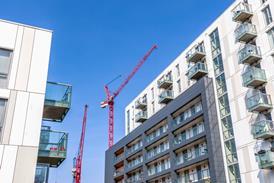






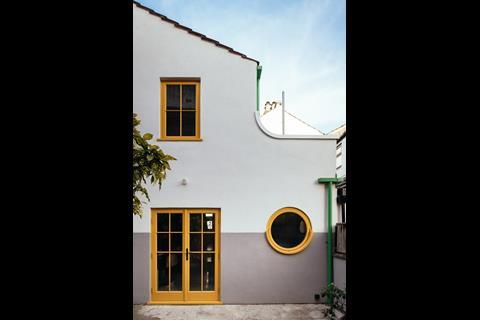
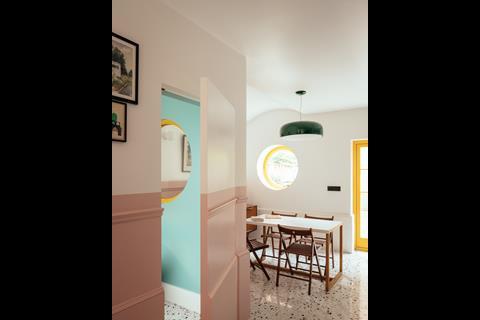
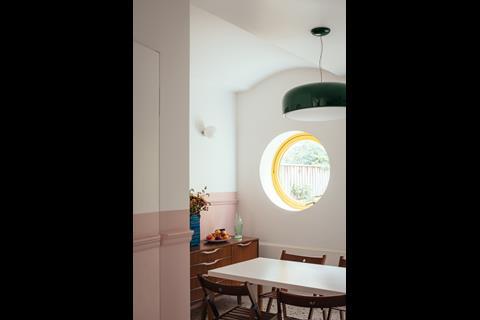

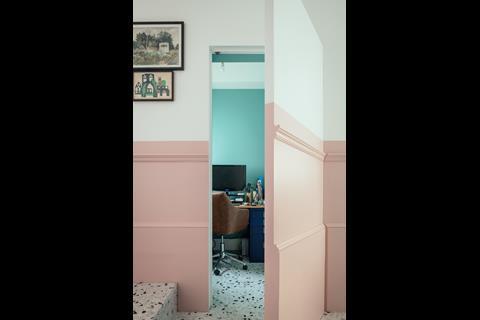
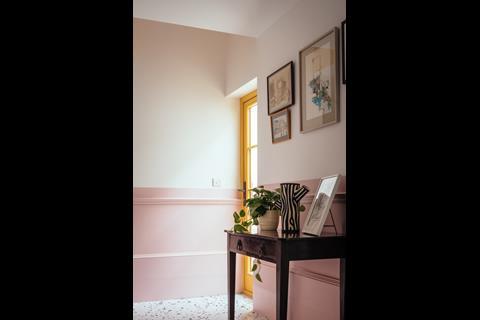
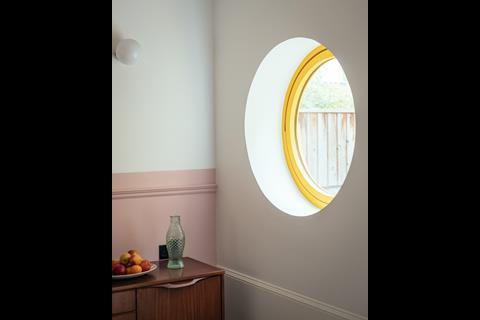
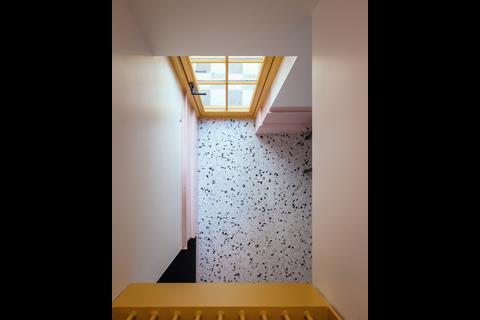
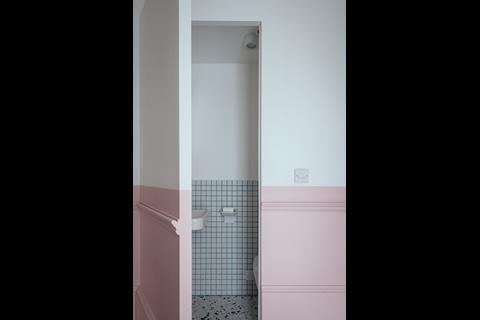

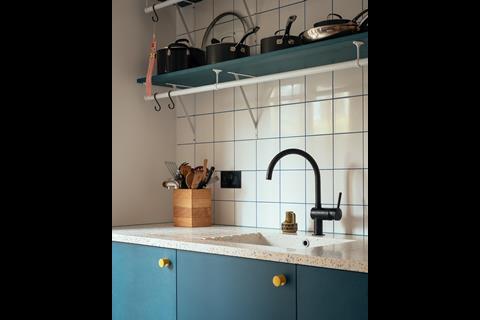
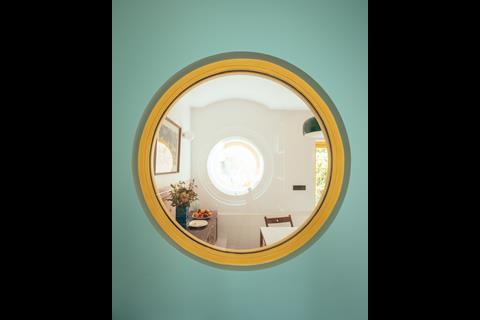
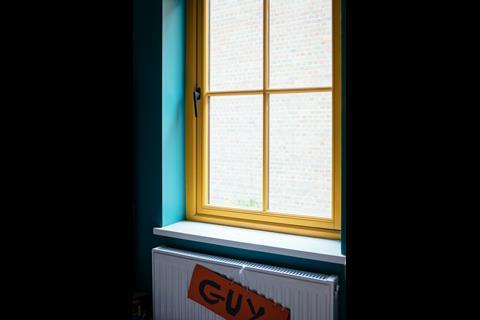
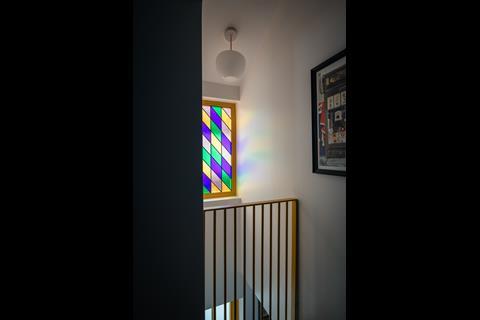

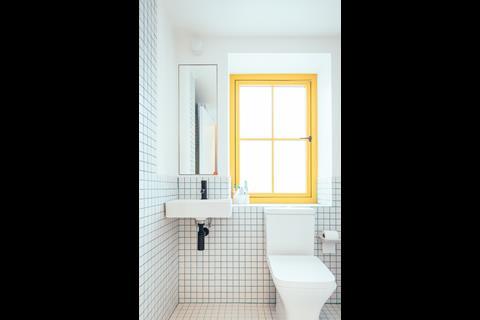
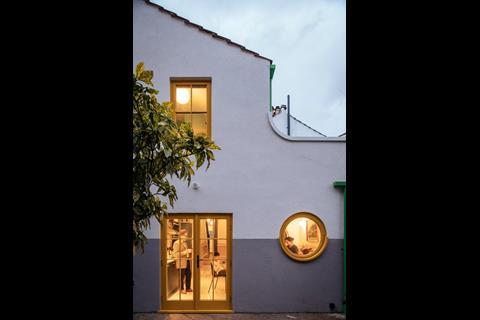
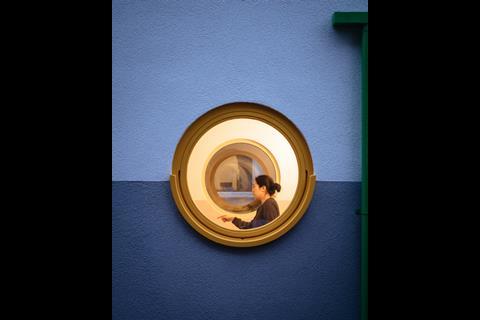







No comments yet